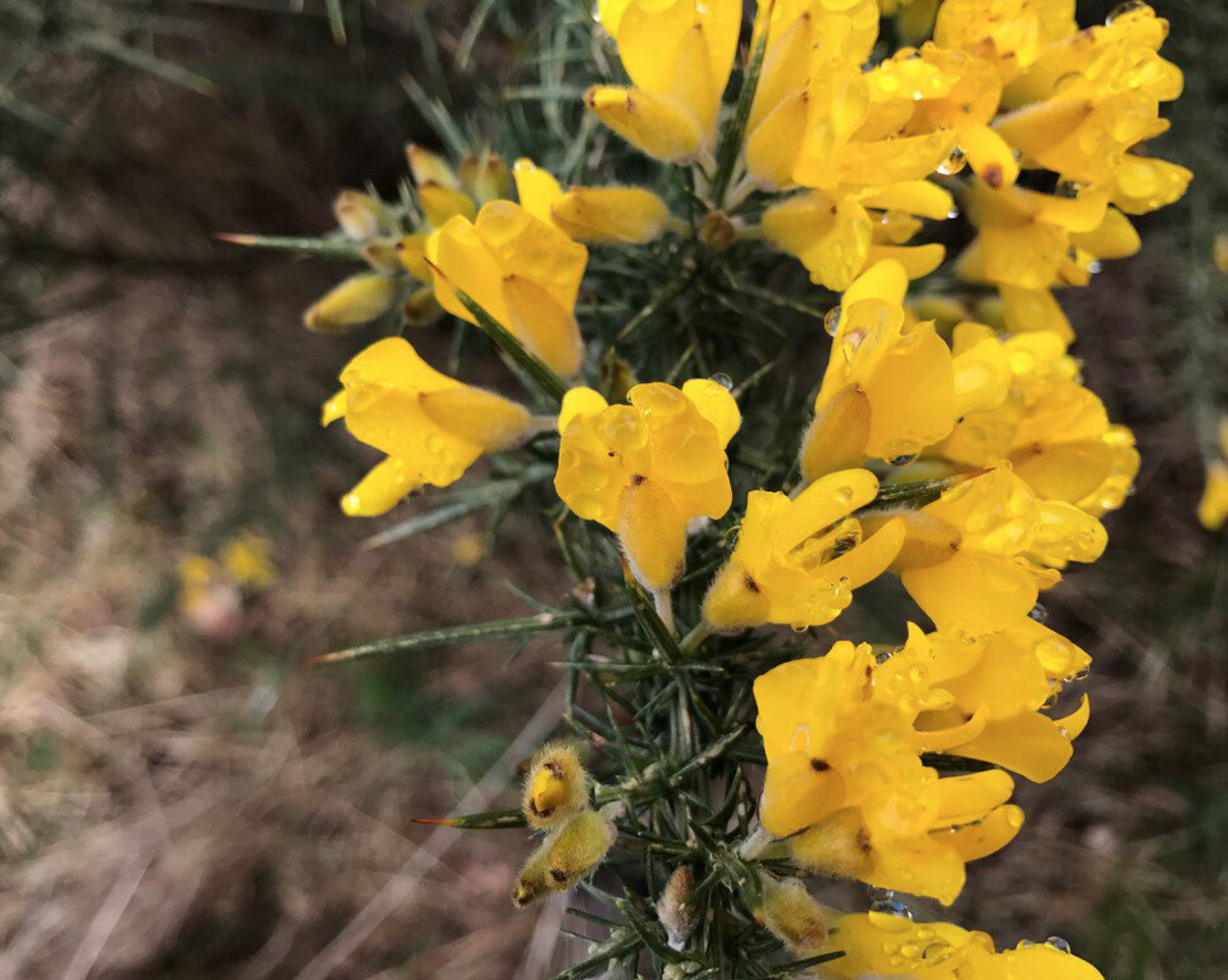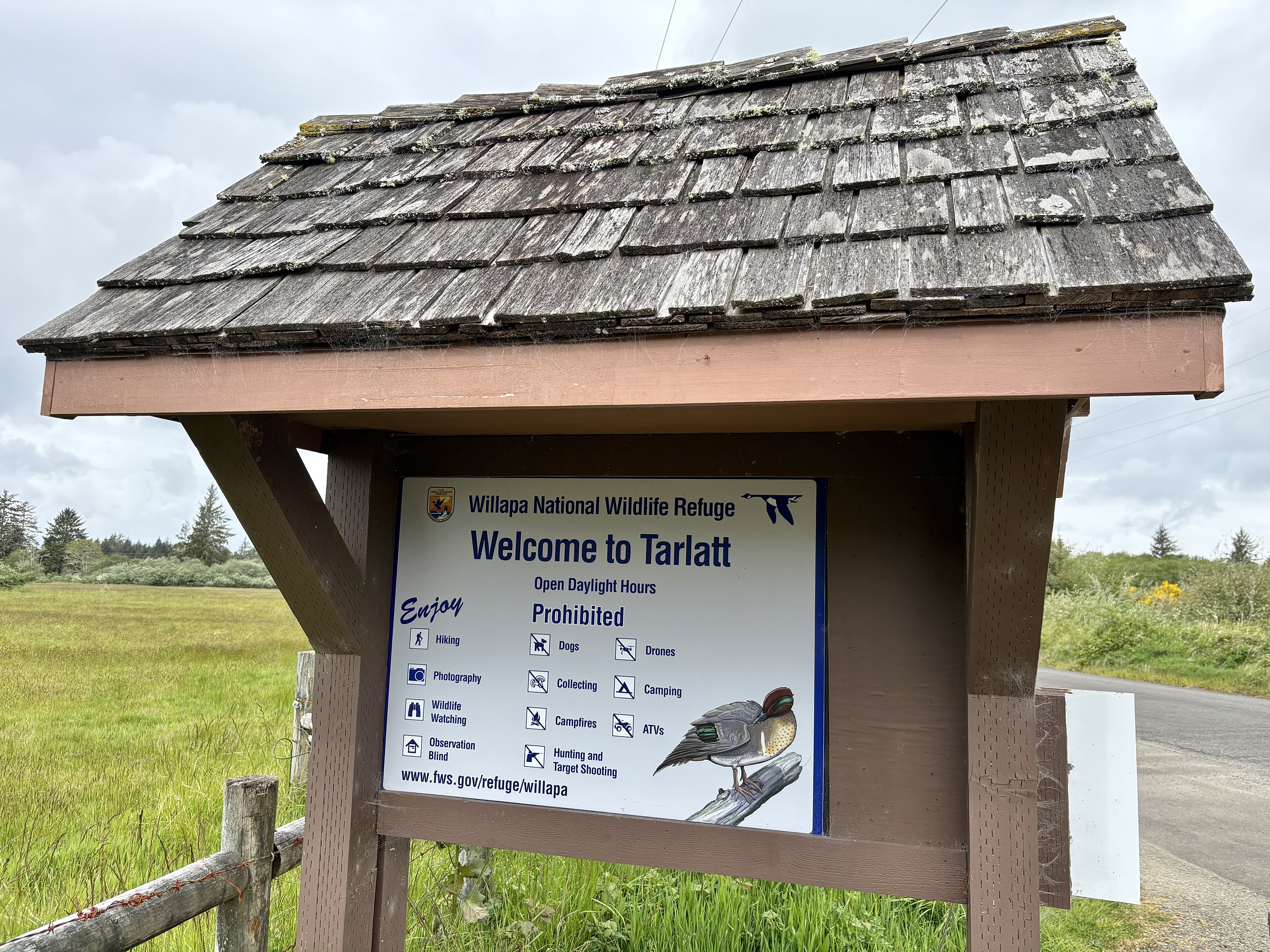Editor’s Notebook: Join the battle against plant invaders
Published 7:52 am Tuesday, April 1, 2025
In a nation where influencing big outcomes can seem out of reach, there still are meaningful ways to make life a little better right now.
These run the gamut — everything from volunteering at food banks to picking up litter on the beach. One example: with the days getting longer and fickle newborn spring in the air, we all can do our part to keep the outdoors from being swallowed whole by invasive species.
Weeds thrive by jumping out to an early start when the weather starts to warm. This is exceptionally true here in our plant-friendly Pacific maritime climate, where my dad used to warn that you have to watch out when you put in wooden fence posts because they might decide to sprout into trees.
Trending
I like to think there is a special place in hell for whoever introduced non-native blackberries to the Pacific Northwest. My small in-town hillside is crawling with them. You can almost see them reaching out to painfully tear exposed arms. In fact, I often carry hand clippers when walking on neighborhood trails just to keep blackberry canes from sneakily stretching across paths, something they try to do almost from one day to the next. It’s not unlike “Little Shop of Horrors.”
Clearing a riverside acreage back in 1993, I wrote, “My arch nemesis — the evergreen blackberry — is showing signs of rising juice, with fuzzy little buds bulging out from dead-looking canes. On an almost hot day recently, we renewed our seemingly age-old battle, the blackberry and I. After all the scratches and all the sweat that have gone into clearing an acre of the blasted things, the fight has turned a little personal: ‘Burn, damn you, burn!!’ I think as I throw each severed 30-foot-long tentacle into the pile.”
Yes … I feel strongly about them.
Rogues’ gallery
I have friends who feel similar animosity toward a rogues’ gallery of other enemies in the plant kingdom, including (but not limited to) gorse, scotch broom, ivy, holly and butterfly bush. All or most of these are the products of deliberate, ill-considered planting by humans who thought they’d be beneficial additions to our local environment. With the exception of gorse, which everybody despises, it’s possible to see why past generations saw them as pretty.
Living within sight of the Sand Islands near Cape Disappointment, spring always brings mixed feelings as I watch the islands’ outer edges transform from drab green to radiant yellow as the gorse explodes into blossom. Many local roadsides, too, are decorated by gorse and similar-looking scotch broom. Tourists think we put them there on purpose — and in some cases, we did.
Though they had different priorities in mind, the First Peoples who populated this region possessed keen understanding of land management. Tribes used fire as a tool to preserve sight lines, promote big game habitat, maintain a defensive parameter and for other purposes. In July 2022, members of the Chinook Indian Nation practiced these skills on West Sand Island, where gorse and other non-native plants have taken over hundreds of acres.
Trending
The estuary’s islands have the advantage of being well isolated from human habitations, and although the controlled burn created a smoke nuisance in Warrenton, the exercise was a useful reminder of the wisdom of managing vegetation before it becomes a hazard or nuisance.
Join the fight
Our counties and states maintain helpful websites where landowners can find information about invasive weeds. In Oregon, I recommend www.oregon.gov/oda/weeds/pages/default.aspx and on the Washington side, PCweeds.org.
Official efforts to encourage weed control often center on agriculture, and that certainly was my first exposure to the issue, spraying Scotch thistles on my grandparents’ farm. Around here, tansy ragwort is an exceptionally bad actor, being “highly toxic to humans and livestock. When ingested it can cause bloody diarrhea, liver failure, and a myriad of other unpleasant symptoms, including death.” Some will disagree, but I have no qualms about spraying it — and gorse — with herbicide.
A few years ago I published a well-written statement from Pacific County’s Noxious Weed Control Board — gotta love eloquent weed fighters! Parts of it still make a good “call to arms” in our spring struggles with the invasive plants that will soon be spewing thick blooms of pollen to coat our windshields and nostrils.
“As the daffodils wake from their hibernation, we should take a moment to appreciate their beauty and also to recognize that soon we will see an explosion of plant growth, and that, sadly, much of that growth will be in the form of invasive plants and noxious weeds. Unlike daffodils, noxious weeds are plants that will damage and can even destroy the ecosystem in which they are established. Invasive plants can be deemed “noxious weeds” for various reasons (e.g. animal toxicity, aggressive reproduction, threat to native species/agriculture, etc.), but all of them share the potential to cause harm to people, wildlife, or habitat in one form or another.
“Gorse is dangerous for multiple reasons (fire danger, habitat loss, property devaluation, physical injury) and you can tell that it is nasty stuff just by looking at it. (If you still aren’t sure, try touching it. You will regret it). Gorse has long spikes that will easily penetrate even the best pair of Carhartts.
“Scotch Broom was allegedly introduced … during highway construction to provide a pleasant aesthetic and to prevent erosion along roadsides, both of which it does accomplish. However, after you account for the millions of tax-dollars spent to control it in subsequent decades, it is clear that somebody made a huge mistake.
“Take a moment to make your noxious weed control plans for the year. A little bit of planning goes a long way, and preventing a problem is always better than reacting to one. Don’t assume that your property is weed-free. Do your research. Make annual weed control part of your spring routine and you could save yourself (and your neighbors) massive amounts of time and money. Learn how to identify the weeds that you are most-likely to see, and how to manage them.”
From cutting down English ivy smothering local trees to pulling out Scotch broom seedlings, there’s plenty we each can do to keep our neighborhoods and wildlands from being overcome by nasty invasive plants. Start today.










